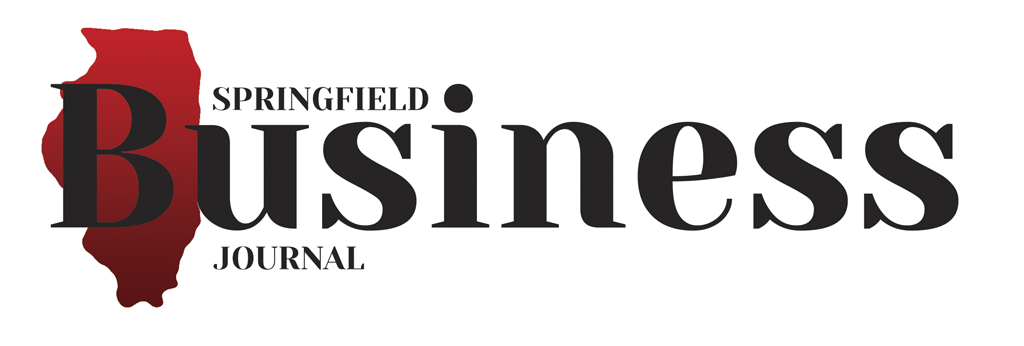By Kristina Barbee
Whether due to family dynamics, mental or physical health status, or simply a desire to avoid being confined to beige cubicle farms, the demand and desire for a more flexible work schedule has increased significantly as the digital age allows for more convenience into our personal and work lives.
The number of employers allowing flexible work arrangements has consistently increased over the decades alongside demands from employees. A study by WorldatWork and FlexJobs found that in 2015, 80% of companies offered some sort of flexible work arrangement for employees.
Flexible work hours, such as a condensed work week or only working as many hours as needed to complete job duties, and flexible work locations not only add a sense of freedom for employees, but also create a stronger sense of control over their career and increased satisfaction in their jobs. Upwards of 73% of employees cited flexible work arrangments as increasing their job satisfaction, per a 2018 report, The State of Flexible Work Arrangements, from Zenefits.
These feelings of increased satisfaction and control can manifest into more creativity, productivity and energy due to employees having a more integrated work-life structure. The integrated lifestyle created by the added flexibility allows employees to focus more on in-office issues and tasks while at work instead of spending work time expending mental energy on issues at home that they cannot take care of due to needing to be in the office for 40 hours a week.
Union+Webster, an integrated marketing agency, flourishes under a standard of flexibility by having employees establish their working hours up front with their team and utilizing tools such as Slack and Dropbox to stay productive even when some members are out of the office on a Monday morning.
The company’s CEO, Gina Michnowicz, said, “Our team is full of explorers. Employees need flexibility in their work environment. A few employees have enjoyed working from Bali, Costa Rica, Berlin, etc. They return energized with lots of great stories.”
Returning to the office well rested is one of the biggest payoffs for employees and the increase in productivity due to higher employee satisfaction is a benefit employers gladly reap. However, these benefits do come with hidden dangers for both employer and employee that must be taken into consideration before utilizing flex options.
Compressed work weeks and alternate work hours can add a layer of complexity when meetings or collaboration are needed and team members’ work hours don’t match up. When this occurs, ensuring employees work creatively to meet needs when their colleagues are off the clock can quickly mitigate risk to timelines or deliverables.
When offering work from home as an option, leaders may have concerns over how much work is actually being done when employees aren’t physically present. However, with advancements in technology, employers can now keep an electronic eye on staff working outside of the office with screen activity monitoring and other security measures. Additionally, many companies that offer this option track productivity patterns in and out of the office to ensure there is no decrease when working remotely. Some companies offer this option on a trial basis and request status updates from remote employees.
While employees often love the lack of commute and the ability to be at home, the lack of having a physical office to leave at the end of the workday removes the clear delineation between work and home life. Ironically, that can cause those who take advantage of this option to have trouble turning off work at the end of the day and lead them to work outside of their standard hours. For many who have mastered the art of working from home, setting an alarm for regular break times and a final alarm to signal the end of the day helps retain normalcy.
Whether offered through flextime, compressed work weeks or remote working, flexible work arrangments are not only becoming the norm in company culture but a standard requirement for candidates. A 2017 study by ManpowerGroup Solutions revealed that nearly 40% of candidates cited schedule flexibility as one of their top three factors in career decisions. More employees are actively seeking out positions that provide this flexibility, so companies should factor this into their culture and structure.










